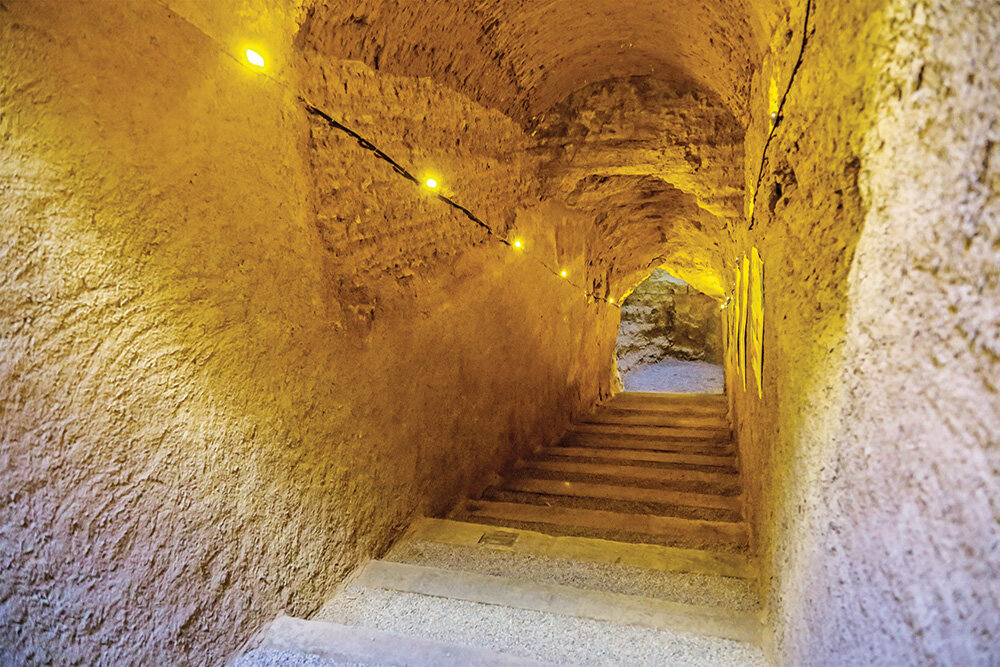A peek into ‘world’s longest' qanat

The recently-restored Qanat of Zarch is widely known as the world’s longest subterranean aqueduct as it stretches some 80 km across the semi-arid Yazd province in central Iran.
The qanat starts from the village of Fahraj located in the northeast of Yazd and it runs at the depth of 30-40 m beneath the surface. It reaches Zarch, where the water is used for irrigation in the lower lands.
Based on a survey, some 37,000 out of a total of 120,000 ancient subsurface water supply systems, qanats, are still in use in Iran in arid and semi-arid regions of the country.
A selection of eleven qanats is collectively been inscribed on the UNESCO World Heritage list under the title of Persian Qanat. Each of them epitomizes many others in terms of geographic scopes, architectural designs, and other motives. Such subterranean tunnels provide exceptional testimony to cultural traditions and civilizations in desert areas with an arid climate.
Generally, each qanat comprises an almost horizontal tunnel for collecting water from an underground water source, usually an alluvial fan, into which a mother well is sunk to the appropriate level of the aquifer.
UNESCO has it that “The qanats provide exceptional testimony to cultural traditions and civilizations in desert areas with an arid climate.”
AFM
